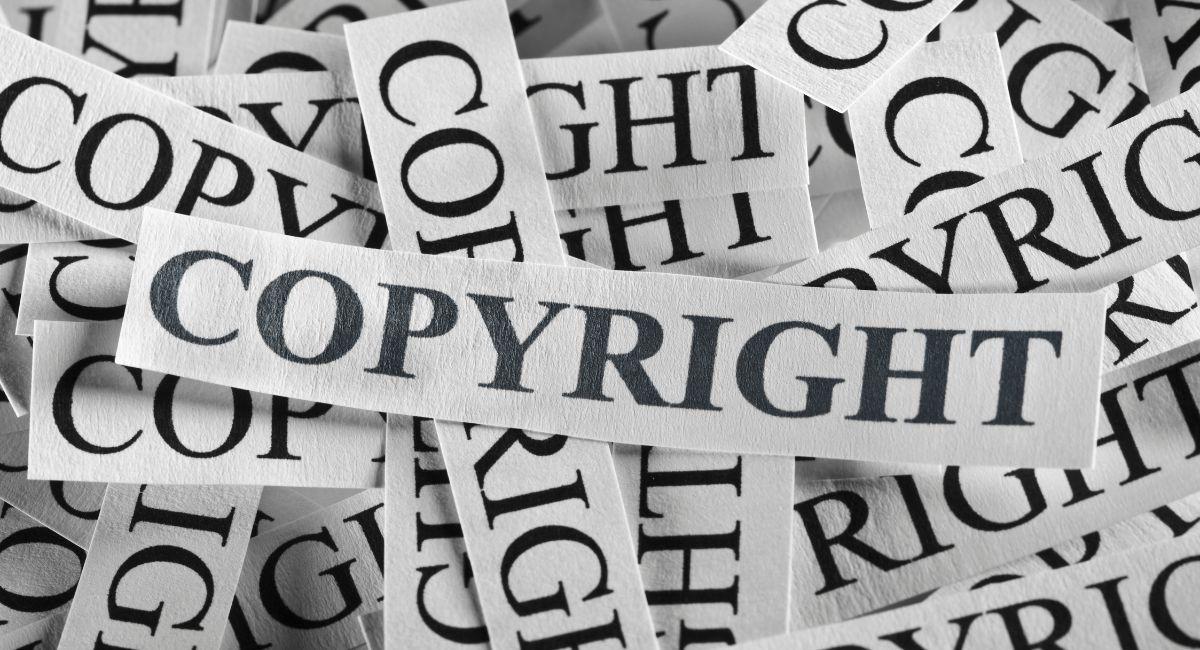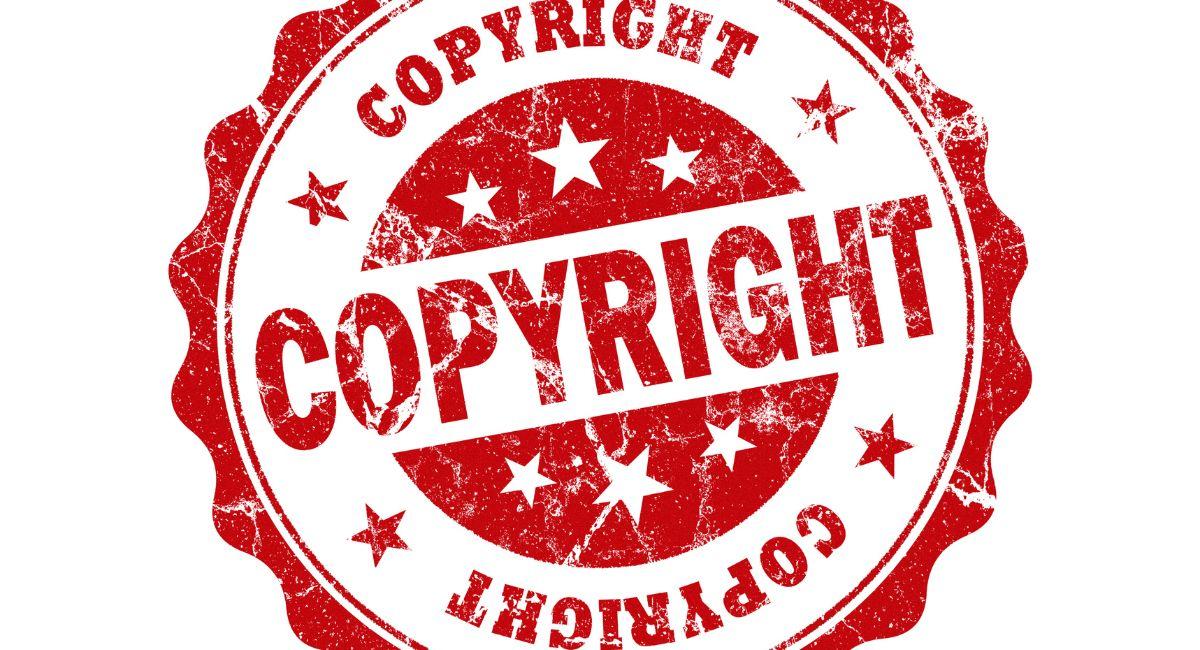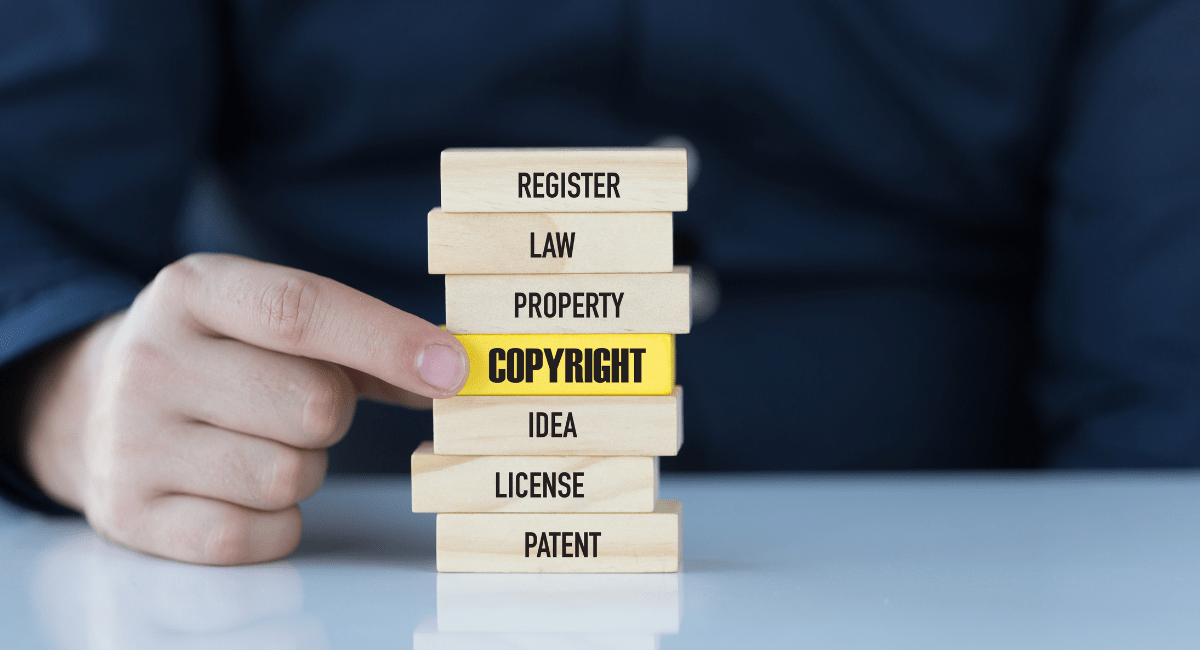Top 10 Ways We Can Harness the Power of Best AI To Address The NFT Copyright Pandemic
In the digital age, the rise of Non-Fungible Tokens (NFTs) has revolutionized the way we perceive and trade digital assets. However, this transformative technology has brought forth a pressing challenge – the NFT copyright pandemic. As the market for NFTs expands, issues related to intellectual property rights, copyright infringement, and unauthorized use of digital content have become rampant. In this comprehensive exploration, we delve into the profound impact of AI in mitigating the NFT copyright pandemic and shaping a more secure and ethical NFT ecosystem.
Understanding the NFT Copyright Pandemic:
The NFT market, fueled by blockchain technology, has introduced a novel way for creators to tokenize and sell digital assets. While this innovation brings unprecedented opportunities, it has also given rise to challenges related to copyright infringement. Unauthorized reproductions, distribution, and use of digital content without proper attribution pose a significant threat to artists, musicians, and creators.
Top 10 ways AI can help in NFT Copyright Protection

As the world embraces the transformative potential of Non-Fungible Tokens (NFTs), concerns surrounding copyright infringement and intellectual property rights have taken center stage. The decentralized and digitized nature of NFTs presents unique challenges, but Artificial Intelligence (AI) emerges as a powerful ally in fortifying copyright protection within the NFT ecosystem. In this detailed exploration, we unravel the top 10 ways in which AI can play a pivotal role in safeguarding the creativity and intellectual property of creators in the realm of NFTs.
1. Automated Content Recognition:
AI excels in automated content recognition by employing advanced algorithms to analyze digital assets. By comparing patterns, signatures, and unique attributes, AI systems can swiftly identify instances of copyrighted material within NFT platforms. This automated recognition serves as an early warning system, allowing creators and platforms to take immediate action against potential copyright infringements.
2. Digital Watermarking and Signature Verification:
AI-powered digital watermarking provides an effective means of embedding invisible markers within digital content. These unique watermarks act as digital signatures, allowing AI algorithms to verify the authenticity of NFTs. If a digital asset lacks the corresponding watermark, AI can flag it as a potential copyright violation, reinforcing the integrity of creators’ intellectual property.
3. Blockchain Integration and Smart Contracts:
Leveraging the transparency and immutability of blockchain technology, AI can facilitate copyright protection through the implementation of smart contracts. These contracts, embedded with AI capabilities, automate the verification of ownership and usage rights associated with NFTs. By recording and enforcing copyright terms on the blockchain, smart contracts ensure a tamper-proof record of intellectual property rights.
4. Content Tracking and Monitoring:
AI-driven tools can actively monitor online platforms, marketplaces, and social media for the unauthorized use or distribution of copyrighted NFT copyright. Through computer vision and natural language processing, these systems track and analyze the digital footprint of copyrighted content, providing creators with real-time insights and enabling swift responses to potential infringements.
5. Predictive Analysis for Copyright Risks:
AI’s predictive analysis capabilities come into play in forecasting potential copyright risks. By analyzing historical data, user behavior, and emerging patterns, AI systems can predict and identify scenarios with a high likelihood of copyright infringement. This proactive approach allows creators to take preventive measures and protect their intellectual property before issues arise.
6. Facial and Object Recognition:
In the visual arts domain, AI’s facial and object recognition capabilities offer robust tools for copyright protection. Creators can employ AI algorithms to identify and track the usage of their digital creations across platforms. Whether it’s identifying specific faces or recognizing distinctive objects, AI enhances the ability to monitor and protect copyrighted content within NFT copyright.
7. Collaborative AI Platforms:
Collaborative AI platforms that bring together creators, copyright experts, and technologists foster collective efforts in combating copyright infringement within the NFT space. These platforms leverage shared resources and expertise to develop advanced AI solutions, creating a collaborative ecosystem dedicated to enhancing copyright protection across the NFT copyright landscape.
8. AI-Enabled Licensing Platforms:
AI can revolutionize the licensing process for NFTs by automating the creation and enforcement of licensing agreements. Smart contracts, enhanced by AI capabilities, can dynamically adjust licensing terms based on usage, ensuring fair compensation for creators and simplifying the licensing process for both creators and users.
9. Natural Language Processing (NLP) for Copyrighted Text:
In the realm of written content and text-based NFTs, AI-powered Natural Language Processing (NLP) can play a crucial role. NLP algorithms can analyze and compare textual content, identifying similarities and potential infringements. This capability extends copyright protection to literary works and text-based digital assets within the NFT ecosystem.
10. Image and Style Analysis for Visual Arts:
For visual artists, AI’s image and style analysis capabilities provide an added layer of protection. AI algorithms can analyze visual elements, artistic styles, and compositions, allowing creators to detect unauthorized reproductions or adaptations of their work. This fosters a more comprehensive approach to copyright protection within the diverse landscape of visual arts in NFTs.
Also, read- The Role Of Artificial Intelligence In Fintech Companies: Revolutionizing Financial Services
Challenges and Ethical Considerations:

The incorporation of Artificial Intelligence (AI) in copyright protection within the realms of NFTs presents a myriad of promising opportunities, yet it navigates a landscape fraught with challenges and ethical considerations. As we delve into the complexities of this integration, we unveil the multifaceted dimensions that demand careful attention to ensure responsible and ethical deployment.
1. Privacy Concerns:
Challenge:
The use of AI for copyright protection often involves the analysis of vast datasets, including user-generated content. This raises concerns about privacy infringement, as AI algorithms delve into individuals’ digital footprints to identify potential copyright violations.
Ethical Consideration:
Striking a balance between copyright protection and user privacy is paramount. Implementing anonymization techniques, ensuring data encryption, and obtaining explicit user consent for data analysis are essential ethical considerations. Collaborative efforts with privacy experts can help develop frameworks that prioritize both copyright protection and individual privacy rights.
2. Biases in AI Algorithms:
Challenge:
AI algorithms may inadvertently perpetuate biases present in the data they are trained on. If historical biases exist within the dataset, the AI system may replicate or exacerbate those biases, leading to unfair outcomes.
Ethical Consideration:
Mitigating biases in AI requires ongoing efforts in data curation, algorithm transparency, and diversity in the development team. Ethical considerations involve constant evaluation of AI systems to identify and rectify biases. Implementing fairness-aware algorithms and fostering diversity in AI development can contribute to more equitable outcomes.
3. Transparency and Explainability:
Challenge:
AI models, particularly complex ones like deep neural networks, often lack transparency and explainability. Understanding how these systems arrive at specific decisions can be challenging, leading to concerns about accountability and fairness.
Ethical Consideration:
Striving for transparency and explainability is essential. Ethical deployment of AI for copyright protection requires clear documentation of algorithms, transparency in decision-making processes, and efforts to make AI systems interpretable to users. Engaging stakeholders in discussions about how AI operates enhances trust and accountability.
4. Overreliance on Automated Systems:
Challenge:
There is a risk of overreliance on automated AI systems for copyright detection, potentially leading to false positives or the exclusion of nuanced contexts that humans can comprehend.
Ethical Consideration:
Ethical deployment involves recognizing the limitations of AI and maintaining a balance between automation and human oversight. Implementing mechanisms for human review, especially in cases of disputed copyright claims, ensures a fair and nuanced approach to copyright protection. Open communication with users about the role of AI and human reviewers fosters transparency and trust.
5. Copyright Fair Use and Transformative Works:
Challenge:
Determining the boundaries of fair use and transformative works, where copyrighted content is used for commentary, criticism, or creative transformation, poses a significant challenge for AI systems. Recognizing the nuances in artistic expression can be complex.
Ethical Consideration:
Ethical deployment necessitates a nuanced understanding of copyright law and considerations for fair use. AI systems should be designed to recognize and respect transformative works, allowing for creative expression within legal bounds. Collaborating with legal experts and artists can contribute to the development of AI systems that respect the principles of fair use.
6. Dynamic Nature of Copyright Laws:
Challenge:
Copyright laws are subject to change, and legal interpretations evolve. Adapting AI systems to stay aligned with dynamic copyright regulations presents a continuous challenge.
Ethical Consideration:
Ethical deployment requires ongoing engagement with legal professionals to stay abreast of copyright law changes. AI systems should be designed with flexibility to adapt to evolving legal landscapes. Transparency in the decision-making process and clear communication with users about changes in copyright policies are ethical imperatives.
7. User Awareness and Education:
Challenge:
Users may not fully understand the role of AI in copyright protection, leading to concerns about algorithmic decision-making and potential misconceptions.
Ethical Consideration:
Ethical deployment involves comprehensive user education. Platforms should provide clear information on how AI is used for copyright protection, what actions trigger automated processes, and how users can dispute or appeal decisions. User awareness campaigns contribute to the informed and ethical use of AI systems.
8. Accountability and Liability:
Challenge:
Determining accountability and liability in cases of AI-generated errors or incorrect copyright claims is a complex challenge. When AI systems make mistakes, it may be unclear who bears responsibility.
Ethical Consideration:
Ethical deployment involves establishing clear lines of accountability. Platforms deploying AI for copyright protection should outline responsibilities, establish protocols for rectifying errors, and ensure that users have accessible avenues for dispute resolution. Collaborative efforts with legal experts and regulatory bodies can contribute to defining ethical standards for accountability.
9. Accessibility and Affordability:
Challenge:
The accessibility and affordability of advanced AI technologies may vary, potentially creating disparities in copyright protection capabilities across different platforms.
Ethical Consideration:
Ethical deployment requires efforts to ensure accessibility and affordability. Open-source solutions, collaborative initiatives, and partnerships can democratize access to AI tools for copyright protection. Ensuring that small creators and emerging platforms can benefit from AI without prohibitive costs contributes to a more inclusive and ethical landscape.
10. Global Perspectives and Cultural Sensitivity:
Challenge:
AI systems may not inherently understand cultural nuances, leading to potential misinterpretations or insensitivity to diverse perspectives.
Ethical Consideration:
Ethical deployment involves incorporating cultural sensitivity into AI systems. Ensuring that algorithms recognize and respect diverse cultural expressions, traditions, and artistic interpretations is essential. Collaboration with cultural experts and continuous refinement of algorithms based on user feedback contribute to a more ethically sound approach.
In the dynamic intersection of AI and copyright protection, addressing challenges and ethical considerations becomes a crucial imperative. The responsible deployment of AI in NFT copyright protection demands a commitment to transparency, fairness, accountability, and ongoing collaboration with diverse stakeholders. As technological advancements continue, it is the ethical foundations laid today that will shape a sustainable and equitable future for creators, users, and the evolving landscape of NFT copyright.
⚡ Blockchain technology allows the modern man to access earnings instantly. No need to go to the bank, wait for a long time for approval to use a bank account, no need to waste time.
Now to connect a crypto wallet is a matter of 1 second! 🕰#FITE pic.twitter.com/MkSah9ruUN
— FITE (@fite_finance) January 8, 2024
Conclusion: A New Era of NFT Copyright Protection:
The confluence of Artificial Intelligence (AI) and Non-Fungible Tokens (NFTs) marks a transformative era in the landscape of copyright protection. As creators navigate the digital frontier, the challenges and ethical considerations surrounding the integration of AI for safeguarding intellectual property within NFTs unveil a nuanced journey toward a new paradigm of copyright protection.
The Promise of AI in Copyright Protection:
The promises held by AI are immense. Automated content recognition, digital watermarking, and blockchain integration, coupled with machine learning algorithms, create a formidable arsenal to protect the creativity and intellectual property of creators in the realm of NFTs. These advancements offer not only enhanced efficiency in identifying potential infringements but also the potential for a proactive and anticipatory approach to copyright protection.
Stay informed with daily updates from Blockchain Magazine on Google News. Click here to follow us and mark as favorite: [Blockchain Magazine on Google News].
Get Blockchain Insights In Inbox
Stay ahead of the curve with expert analysis and market updates.
latest from tech
Disclaimer: Any post shared by a third-party agency are sponsored and Blockchain Magazine has no views on any such posts. The views and opinions expressed in this post are those of the clients and do not necessarily reflect the official policy or position of Blockchain Magazine. The information provided in this post is for informational purposes only and should not be considered as financial, investment, or professional advice. Blockchain Magazine does not endorse or promote any specific products, services, or companies mentioned in this posts. Readers are encouraged to conduct their own research and consult with a qualified professional before making any financial decisions.

 Bitcoin
Bitcoin  Ethereum
Ethereum  Tether
Tether  XRP
XRP  Solana
Solana  Dogecoin
Dogecoin  USDC
USDC  Lido Staked Ether
Lido Staked Ether  Cardano
Cardano  TRON
TRON  Avalanche
Avalanche  Toncoin
Toncoin  Wrapped stETH
Wrapped stETH  Chainlink
Chainlink  Shiba Inu
Shiba Inu  Wrapped Bitcoin
Wrapped Bitcoin  Sui
Sui  Stellar
Stellar  Hedera
Hedera  Polkadot
Polkadot  WETH
WETH  Hyperliquid
Hyperliquid  Bitcoin Cash
Bitcoin Cash  LEO Token
LEO Token  Uniswap
Uniswap  Litecoin
Litecoin  Pepe
Pepe  Wrapped eETH
Wrapped eETH  NEAR Protocol
NEAR Protocol  Ethena USDe
Ethena USDe  USDS
USDS  Internet Computer
Internet Computer  Aave
Aave  Aptos
Aptos  POL (ex-MATIC)
POL (ex-MATIC)  Cronos
Cronos  Mantle
Mantle  Ethereum Classic
Ethereum Classic  Render
Render  Monero
Monero  MANTRA
MANTRA  WhiteBIT Coin
WhiteBIT Coin  Virtuals Protocol
Virtuals Protocol  Bittensor
Bittensor  Dai
Dai  Artificial Superintelligence Alliance
Artificial Superintelligence Alliance  Arbitrum
Arbitrum 



